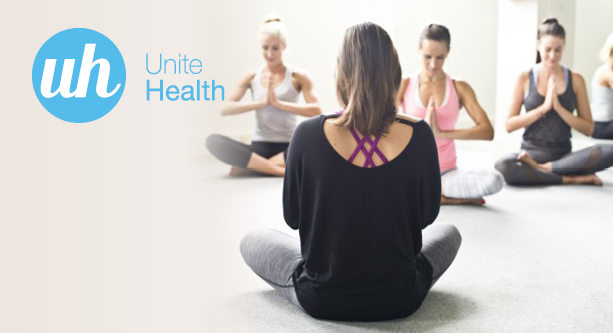Therapeutic yoga training
Yoga training
I’ve recently had a wonderful four days on a APPI Therapeutic Yoga course, which was run for clinicians and Pilates teachers. The course lead, Irene Ais, from Australia, is a physiotherapist who recognises the usefulness of yoga in the clinical setting. She has also worked in industry and could bring plenty of working examples to our sessions.

I’ve always really enjoyed practising yoga but have been a little hesitant about recommending it to my patients. I’ve held back, not because I don’t think it is beneficial, but because I’m not sure it is always practised safely. The poses, or asanas, in yoga can be very deep or twisting, requiring a lot of awareness about how to do them correctly. Irene took us through these pitfalls, and also gave us some tough work outs in the foundation level poses. The physical side of yoga was stripped down and rebuilt in such a way that I feel none of us will ever practise in our old ways again.
The breath
We also explored breath work and discussed its importance with regard to physical health. This essential, fundamental, often passive, process can help us so much. It can help us with finding softness in the body through stretching or even regulating our blood acid balance. In addition to this it can be used to help calm the nervous system and calm the mind. Who would have thought that such a primal human function can work at higher levels of our mental wellbeing? I will now be discussing breath with many more patients.
Focus and pain relief
The beauty of yoga or mindful movement is the required focus on the body and the breath, which takes our minds towards ourselves. Our focus is taken away from that nagging to do list or the internal repeating thoughts or worries.
It is well-recognised that mindfulness or meditation are extremely useful for coping with the distractions and over-stimulations of everyday modern life. These distractions might create psychological threats but our physical response is often similar and can be injurious to the physical body if sustained. Becoming aware of your thoughts and how you interact with your mind helps soften our attitudes to thoughts and stimulates a relaxation response in the body, where the body is in a state of restorative ease. There is even evidence for 6- week mindfulness programmes reducing pain levels.
Guided relaxation sessions
As a manual therapist I am really interested on how we relate to our pain – the language we use to describe it, the language we find comforting and the thoughts we have surrounding our aches and pains. Relaxation is key but so many of us struggle to find that mindful, uncluttered space in our lives. Guided sessions are the answer for many people and I will be introducing Mindful Movement sessions at Osteopath at the Mews this autumn. We will move, stretch, breath and calm to help find the gentlest possible management to stress and your pain.
